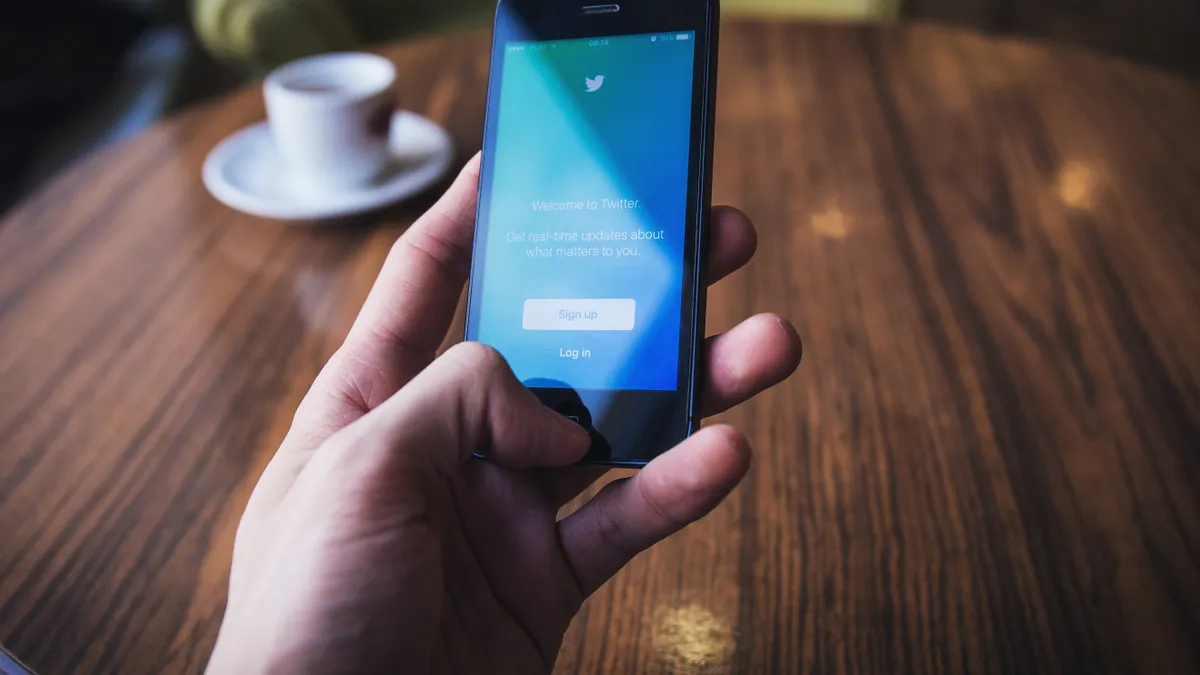The following is a guest post from Marie Goldstein, senior social strategist at Dentsu digital agency 360i. Opinions are the author's own.
With social conversation and consumption at an all-time high, it takes a lot to break through the online clutter, but something did: the #SafeHandsChallenge. It is a partnership between Twitter and the World Health Organization (WHO) and aims to educate the general public through social content around how to properly wash your hands. As a platform that is at the center of news, entertainment and social connection during this time, Twitter is uniquely set up to drive impact among the masses.
The #SafeHandsChallenge is a user-generated content (UGC) campaign, but when you take a closer look, it strategically uses audience interests, cultural trends and social media behaviors to break through, be relevant and initiate change. UGC campaigns can be hard to crack, but when done well can offer major value in driving advocacy across categories.
Here are three tactics the #SafeHandsChallenge can teach marketers to leverage in any UGC social campaign.
- Simplicity always wins. The WHO has a full website of advice, but with Twitter known for bite-sized content, the organization kept the call-to-action (CTA) clear and focused. This CTA was able to share proper hand-washing techniques and allow consumers to nominate a friend using #SafeHands or #SafeHandsChallenge. This low-barrier approach allowed for streamlined participation and optimized each post to clearly communicate the key message: wash your hands.
- Make participation feel second nature. The "social media challenge" format goes back to 2014's ALS Ice Bucket Challenge, which was one of the most successful charitable social media campaigns of all time. Simply using the word "challenge" in the campaign immediately communicates what users need to do to participate and may even spark a larger movement across social. Over the past week, we've seen various user-generated challenges emerge (push-up challenge, see a dog/send a dog, etc.) to encourage positivity while people are stuck inside. Oreo even created its own #OreoStackChallenge.
- Make sure you're connected to your audience's everyday life. From TV networks like Bravo to celebrities including Billy Porter and Priyanka Chopra, some of the world's biggest trendsetters shared their unique take on #SafeHands. This approach helped deliver the WHO's message in a way that broke through (Chopra's tweet alone drove over 20,000 engagements) the overwhelming amount of content currently on the platform and specifically resonated with millennials. In addition to driving relevance, the message was amplified to the masses as these partners are some of Twitter's most influential users.
While the true impact of the #SafeHandsChallenge remains to be seen, Twitter and the WHO quickly used this formula to engage 247,000 unique users and drove 4 billion estimated impressions in two weeks, according to Meltwater social listening. The campaign also made its way to Instagram, where it saw an additional 69,000 hashtag mentions.
While #SafeHandsChallenge was a timely initiative that held unique appeal, these three tactics have proved to work in the past. Here are some of the industry's most successful UGC campaigns over the last few years that leveraged the three key tactics:
- Apple's Shot on iPhone campaign
- The CTA is straightforward and is clearly communicated within the campaign's name.
- The effort was inspired by the most familiar form of photography: capturing iPhone photos on the fly.
- Apple teamed with various partners (i.e. Selena Gomez) to connect with different audience segments.
- Spotify Wrapped
- Rather than a specific CTA, Spotify created personalized social media assets for users to share directly from their Spotify app.
- Year-end listicles trend annually across social platforms and subjects (top movies of the year, for example).
- In addition to the consumer-facing version of this campaign, Spotify tasked artists with sharing by using custom assets that highlight their individual streaming metrics.
UGC campaigns are and have always been a social marketing staple to drive brand advocacy. However, if done wrong, UGC campaigns can result in disengaged fans and negative sentiment. The formula shared here helps to optimize all UGC campaigns to be focused, native to social channels, and overall, authentic to a target audience.













